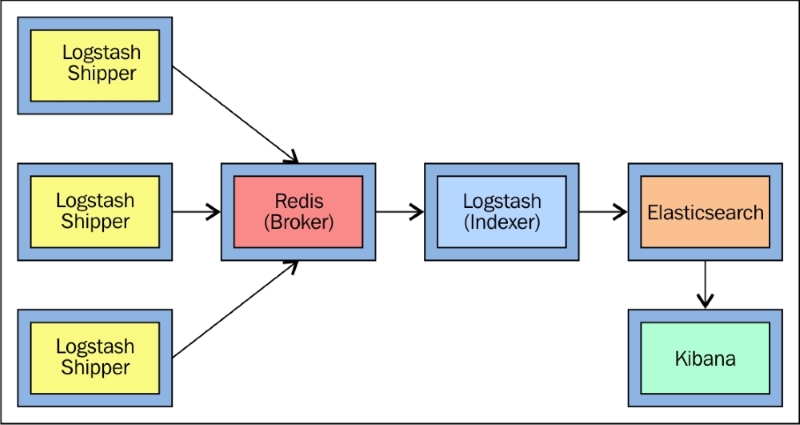So far in the book, we saw how we could use ELK stack to figure out useful information out of our logs, and build a centralized logging solution for multiple data sources of an application.
In our end-to-end log pipeline, we configured ELK on our local machine to use local Elasticsearch, Logstash, and Kibana instances.
In this chapter, we will take a look at how ELK Stack can be used in production with huge amounts of data and a variety of data sources. Some of the biggest companies, such as Bloomberg, LinkedIn, Netflix, and so on, are successfully using ELK Stack in production and ELK Stack is gaining popularity day by day.
When we talk about the production level implementation of ELK Stack, some of the perquisites are:
Prevention of data loss
Data protection
Scalability of the solution
Data retention





